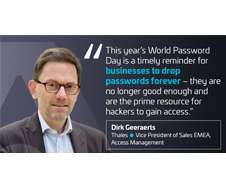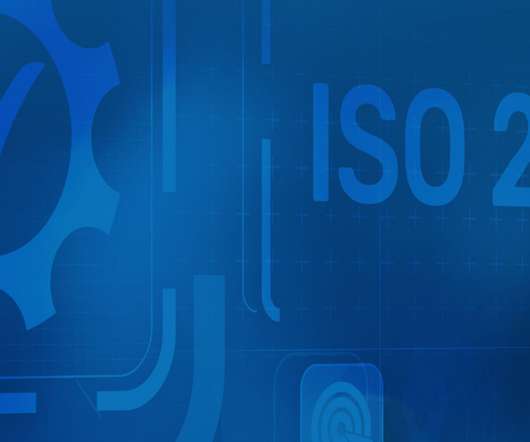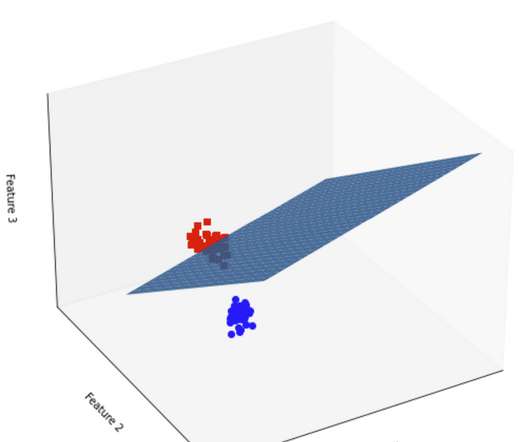From a tech explosion to accidental cyberattacks, researchers offer a glimpse into 2030
SC Magazine
MAY 17, 2021
5G is among the technologies that researchers predict will have a big impact on the security landscape in the next decade. But what might they offer the front-facing information security officer – someone with a ten-year plan, wondering what to prepare for down the line? Photo by Mario Tama/Getty Images).


















Let's personalize your content